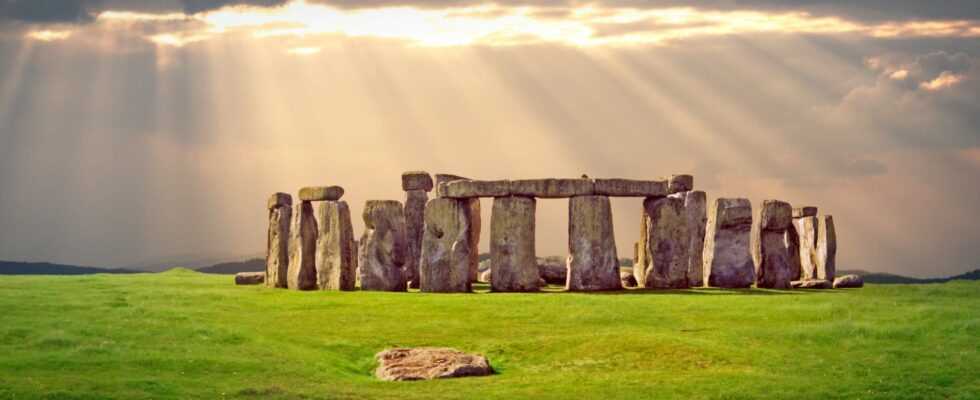Unlike today, according to Devil, the year was divided into two halves. At the beginning of this tropical year was the winter solstice, i.e. the point in the southwest of the Sarsen circuit. The middle of a year marked the summer solstice. There is some evidence that the winter solstice was important to late Neolithic people. About two miles from Stonehenge is the 4,500-year-old Durrington Walls, where dozens of houses once stood. As excavations have shown, the settlement was not permanently inhabited. But at the time of the winter solstice, hundreds of people stayed there and ate a lot of roast pork. Perhaps the winter solstice was an important festival time.
From this Darvill concludes: The Stonehenge year began on the day of the winter solstice. Then the sun rose between two sarsen in the south-west of the round. The calendar could also have been corrected here, if necessary. If there had been an error in counting, the sun would have risen next to the blocks.
Were there contacts between Egypt and Britain?
How did people come up with the idea of dividing time into these dimensions? Darvill thinks it’s more appropriate, given the current state of research, to look for an outside influence. If only archaeologists had worked out the long-distance contacts between Europe and the Mediterranean world in the last few decades, as he writes in his study. In any case, Darvill found what he was looking for in Egypt. At the time of the Old Kingdom around the middle of the 3rd millennium B.C. Not only did the sun god Ra represent the main deity there, but a calendar similar to that suggested by Darville for Stonehenge was also in use: 12 months of 30 days each plus 5 additional days. The months were divided into three weeks. However, the Egyptians had not yet taken the leap days into account.
Darvill’s thesis is conclusive, but not in its entirety. The prominent bluestones within the sarsen round play no part in his calendar. In his view, “they represent the power of place and were intimately associated with healing rituals,” as Darvill writes. It is also still unclear why the counting of the days should have started at the entrance in the north-east, but the year begins on the opposite side in the south-west. Finally, the count of the sarsen blocks does not add up: in the outer circle, each upright stone counts as a day; in the inner horseshoe, two stones form a day – one of the five additional days. The thesis is only conclusive if one assumes that the five-day additional month was particularly significant and was therefore marked with triliths instead of simple monoliths.
